|
Last week I wrote about getting to know my clients before they even arrive. Often our friendship continues after they leave. There’s the chef from Santa Barbara who came on a private tour in 2009. I visit her and her husband, and now their young daughter, every time I go to see my sister in Los Angeles. When I send a newsletter, it’s such a pleasure when previous clients reply filling me in on what they’ve been up to. And of course some people return for more tours and courses. Then there are the triumphs of participants on my courses. Stuart Busby, development chef for Laverstoke Park in Hampshire, England, came on the Advanced Salumi Course in February. Laverstoke Park is an organic-biodynamic farm based on the principle that our health depends on the food we eat. Stuart went straight back and, using their farm pork, made the soppressata (a type of head cheese) he had learned from Ismaele Turri on the course. I heard from him shortly afterwards: ‘I entered two products into the Charcuterie section of The Great Hampshire Sausage & Pie Competition last week. We were awarded a gold for the soppressata and the judges’ comments were “only one soppressata fan on the panel but he said it was faultless”! We also entered Organic Beef Biltong which won a gold award and also best overall Charcuterie product for Hampshire 2014.’ I phoned Ismaele excitedly who said he was very happy for Stuart. I expect he was also proud to have had such an able student. Soppressata is made from boiled pig’s head, and sometimes the offal is added too. It means something like ‘pressed from above’. After the hand-chopped meat is stuffed into a casing, weights are put on top and it’s left to cool overnight. Stuart himself added: ‘Great things can still be produced from the humble pig’s head with a little spice and a lot of love!’
0 Comments
By Gina Piazza and Heather Jarman One of the great pleasures of organising tours and courses is getting to know my clients. Often this happens during the initial phases of communication, even if people are booking a Small Group Tour or one of our Courses with Artisans for which the dates and programme are already fixed. People ask questions, I reply and we get to know each other. A wonderful example of this is the emails between Gina and me as she and her husband from California were preparing to come on the Advanced Salumi Course which is taking place right now. ME (during the previous course): The course is going well. We had a good day yesterday. But one man on this course is having problems understanding because he has never done any butchering and doesn’t know pig anatomy. This reminded me of you telling me that you didn’t have any butchering experience. I think you will get more out of the course if you at least do some reading up on the internet and maybe look at some diagrams of pig anatomy. GINA: I did help butcher a half hog just a few weeks ago!! I completely dissected the head and then helped saw it in half for roasting. I deboned the shoulder, cut rib chops, and trussed up a shoulder roast stuffed with garlic and herbs- it was fantastic!! After the course we bought an entire hog head and I made pig head pozole- I’ll send pics later but it took 2 days to complete and it was delicious! Had some friends over and made a party of it- See you in a few weeks! YAY! Ps…Is it raining a lot? ME: I’d never heard of pozole. Looked it up on the internet and got an ‘authentic’ recipe for pork shoulder and saying it takes 1 hour 45 minutes. Yours sounds much more authentic! Would love to see the photos. We’ve just had three whole days of sun!! GINA: We had to split the head in fourths to get it into 2 pots- Boiled it with herbs for 3.5 hours… …soaked hominy overnight then cooked all 2.5 pounds of it (dried white corn) for 3.5 hours, cut up 5 pounds of pork shoulder and boiled for 2 hours, then took 3 types of dried chilis and garlic charred them on an iron skillet, de-seed the chilis and soak the skins in hot water for 30 minutes. Blend garlic, chilis and chili water in a blender to make a paste that seasons the soup base. So you see, if I bought canned hominy, that would save time but taste horrible. I boiled and shredded the head one day… …and make everything else the next- the broth from the head is amazing!! We put some aside to add to both a ramen and a Cannellini bean soup- delicious. ME: Amazing!!! Your description and photos would be perfect as a guest blog on my blog. GINA: Let’s do it! AND, tonight I’m casing 20 pounds of farce for Sbriciolona salami to dry cure for 4 months- I’ll document that too. We’ve made Cotechino, Gaunciale, and Cacciatorini as well. ME: Great!! You’ll be able to teach the course by the time you arrive! GINA: The day began with lots of rain so it was a perfect time make salami! We didn’t even change from our pajamas! I prepared 20 pounds of pork leg and hog casing the night before, then proceeded to turn the casing inside out with the awesome trick of running the water through. I ground the pork to stuff into the 20 feet of hog casing for our final product of fifteen, 1 yard each Sbriciolona salami, that will air cure first for 4 days in the shed, then for four months in a temp and humidity controlled stripped out refrigerator. My husband, Kirby, also prepared 20 pounds of pork leg to make Cacciatori and spicy Italian sausage. I won’t bore you with the details of how we got to this point because in truth, our kitchen is small and tempers are short…..but, I’m still married and we poured a BIG glass of wine and toasted- to our salamis, that hopefully won’t crash down from the ceiling! THREE WEEKS LATER When Gina and Kirby arrived on the course we hugged and kissed on both cheeks like old friends! She’s excelling on the course. I’m eager to follow Gina and Kirby’s progress after the course, and I hope to visit them when I visit my sister in California.
By Penny Barry and Heather Jarman Penny writes about the opening of Bagni di Lucca’s celebration of women, and I add a few kitchen notes to the photos below. March 8th is International Women’s Day, commonly known in Italy as Festa delle Donne, or, as my husband and I affectionately call it, ‘Donni Day’. To commemorate the occasion Bagni di Lucca stages Omaggio delle Donne, a week-long series of events and exhibitions at the historic Casino at Ponte a Serraglio. This year it included an exhibition by women artists, a photographic exhibition, music and poetry recitals. There was also a display of kitchen equipment from the 1920s to ‘40s, but was this stereotyping the role women? I don’t think so because Italy is a country where food is appreciated by both sexes with an almost religious fervour and both the producers of good ingredients and the skills of cooks are venerated. I think the inclusion of vintage kitchen utensils is a positive feminist statement and a celebration of women’s importance in this country. Looking at the implements, it’s interesting to see how much has changed in the intervening years and to think about the origins of our modern kitchen gadgets. – Penny Barry The curved blade with wooden handles is a mezzaluna, which is still used to chop vegetables and herbs. It’s quick and efficient once you learn the technique of walking it rapidly from back to front of the chopping board, and it doesn’t reduce everything to a mush the way a food processor does. Since your hands are above the blade, children can safely help chop providing they follow a few simple rules which they learn on my family adventures. You can buy a mezzaluna in any kitchen shop in Lucca, but if you want a very special one, I’ll take you to the blacksmith Carlo Galgani, who makes them in his forge and adorns them with hand-turned olive-wood handles. Not some mediaeval torture implement nor 18th-century surgical forceps, but hinged iron plates for cooking necci (chestnut-flour crêpes) over a flame, originally the kitchen fire but nowadays a gas burner. They are readily available in ironmongers (hardware stores), and I bought a pair several years ago. You grease the hot plates with half a potato dipped in oil or lard, pour a small amount of batter in the centre of the bottom plate, close the top plate onto it, cook for a minute, turn them over and cook for another minute. Mine are so heavy that I had to have Penny and her husband come round to help me turn them over at half time. Testi are also made of terracotta, which you see at sagras in the Garfagnana. And just to show that testi are anything but sexist, men are as likely to be in charge of them as women. I don’t have one of these, because the butcher in Casabasciana does it for me.
– Heather Jarman I don’t do birthdays, but one year an Italian friend and I discovered we share the same birthday month of March and impulsively decided to throw a joint party at his vineyard. He had a plan to import to Lucca a great delicacy found only in Rome, where he and his partner used to live. It was just the season for puntarelle. I don’t have a photo and, photo police being what they are, I don’t dare steal one, but here’s a good one that shows you how it got the nickname ‘asparagus chicory’ (scroll down to the second photo and beware the intrusive pop-up ads). http://ricette.giallozafferano.it/Insalata-di-puntarelle-alla-romana.html Its Latin name is Cichorium intybus and it shares with the whole chicory family a pleasantly bitter flavour. The season is longer than I’d thought: it can be sown from August until December and harvested from December until April. It used to be cultivated only in Lazio and adjacent parts of Campania, but a fortnight ago I found it in the Casabasciana village shop. The heads look like the photo at this link. http://www.gentedelfud.it/prodotto/dettaglio/puntarelle-di-cicoria/ As I was buying one, Renato, the shop owner, asked me how I prepare it. As a salad, I replied, thinking back to the recipe in the River Cafe Cookbook Green, which includes celery, salted anchovies, peperoncino (chile pepper), oil and lemon juice. Since there are so few of us here in winter, there are no salted anchovies for sale in the shop so I bought a jar of them preserved in oil. What about the leaves, Renato persisted. I recognised the ‘waste not, want not’ tone of voice. I boil them like ordinary chicory and dress them with oil and lemon juice, I lied, while vowing to myself to convert it to the truth. A nod of approval from Renato showed I’d passed the test. Preparation of the salad is a little long-winded, because you have to remove the outer leaves and then separate the buds, the asparagus-like shoots, from the ample root and slice them lengthwise into thin strips, which you soak in iced water for at least an hour. This causes them to form pretty curls, like the radish flowers we used to make in the ‘70s, and draws out some of the bitterness. The first link in this blog gives the classic Roman recipe in which the crispy curls of puntarelle are dressed in an emulsion of garlic, anchovies under oil, olive oil and wine vinegar. Even if you don’t read Italian, the pictures are so clear that you should have no problem following the recipe. The River Cafe version is slightly more elaborate, the fate of most Italian recipes that emigrate to other countries, but is delicious nonetheless. Next year I’m going to try the Roman version.
I’m a member of Slow Travel Tours, an affiliation of nine tour organisers who offer small group tours to England, France, Italy and other European countries. We collaborate in a blog on our group website, which means I write one every nine weeks and it’s my turn this week. You can read it at: http://slowtraveltours.com/blog/marble-art-and-artisans/.
|
Email Subscription
Click to subscribe to this blog and receive notifications of new posts by email. AuthorErica Jarman Categories
All
Archives
October 2023
|
|
copyright 2017 sapori-e-saperi.com | all rights reserved
|
Website by Reata Strickland Design

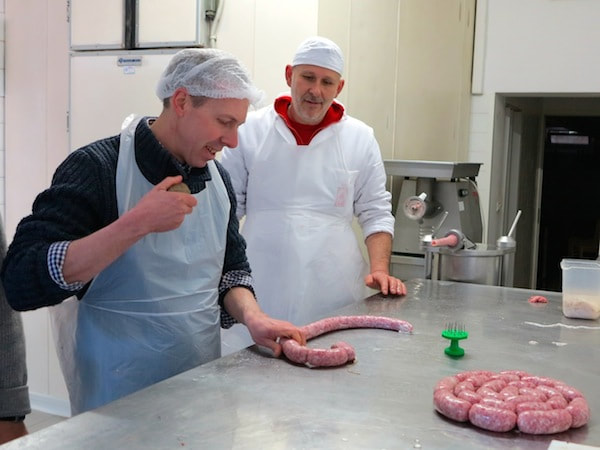
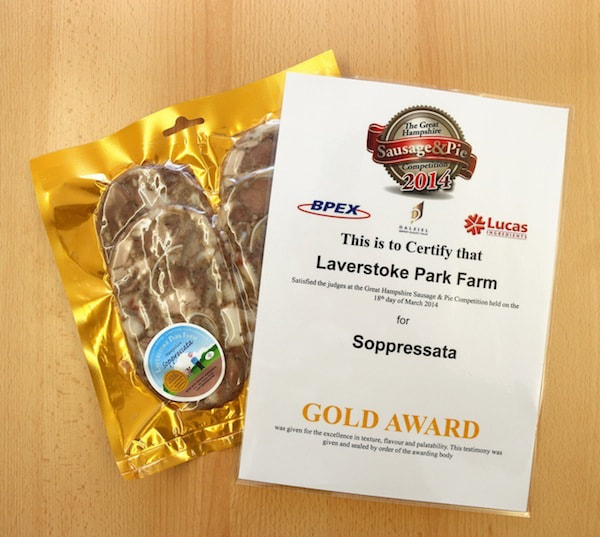
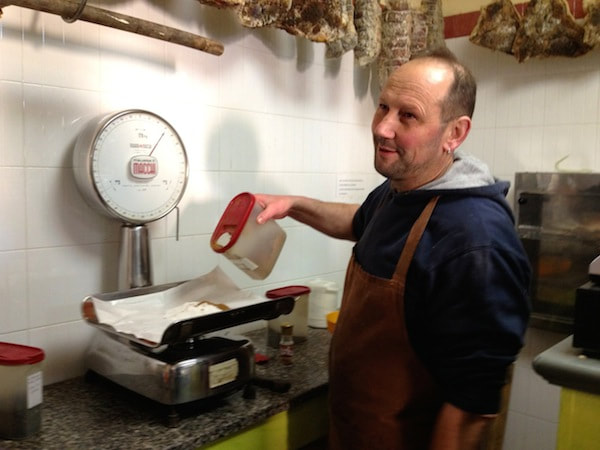
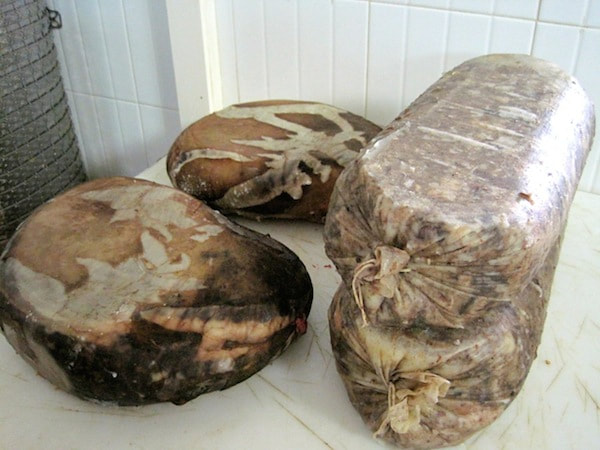
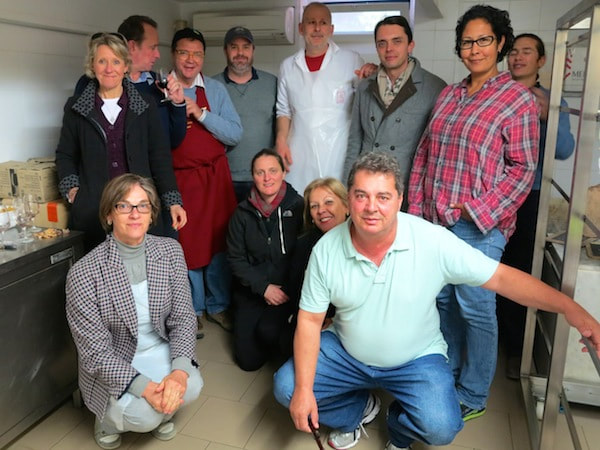
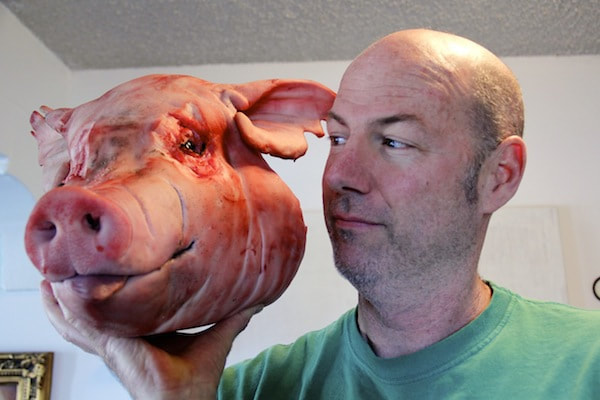
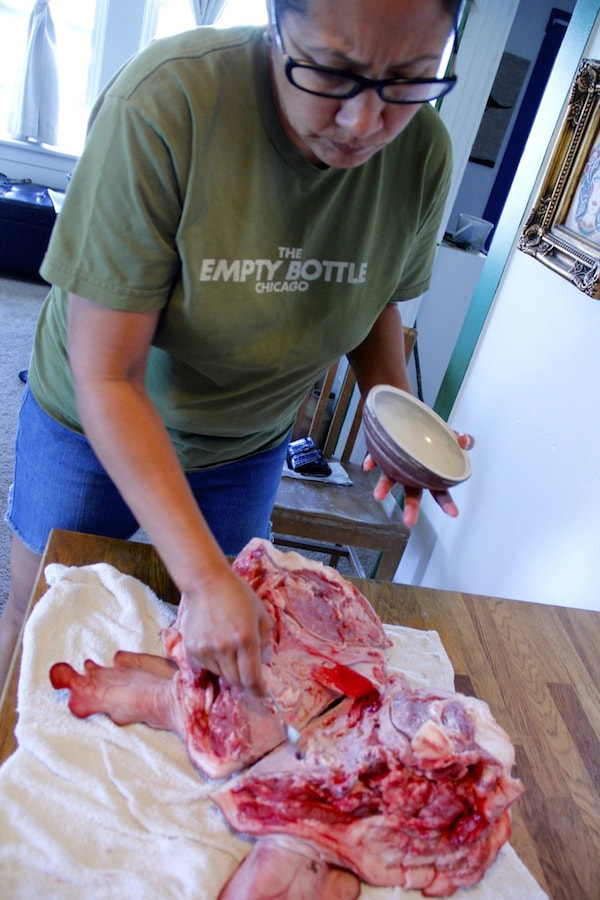
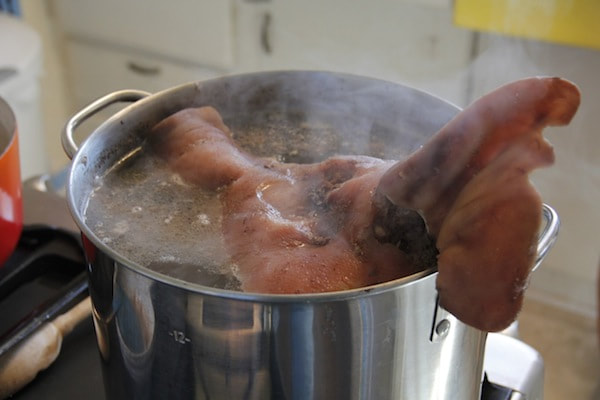
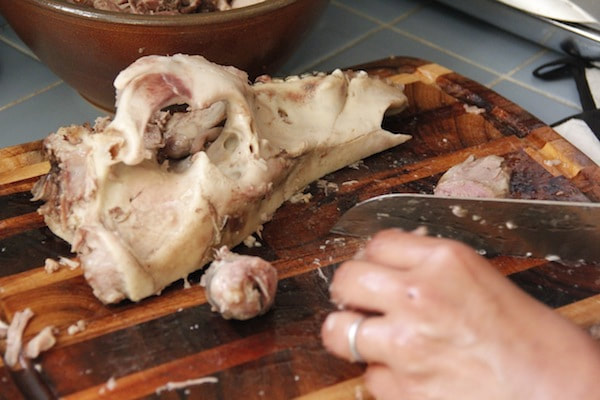
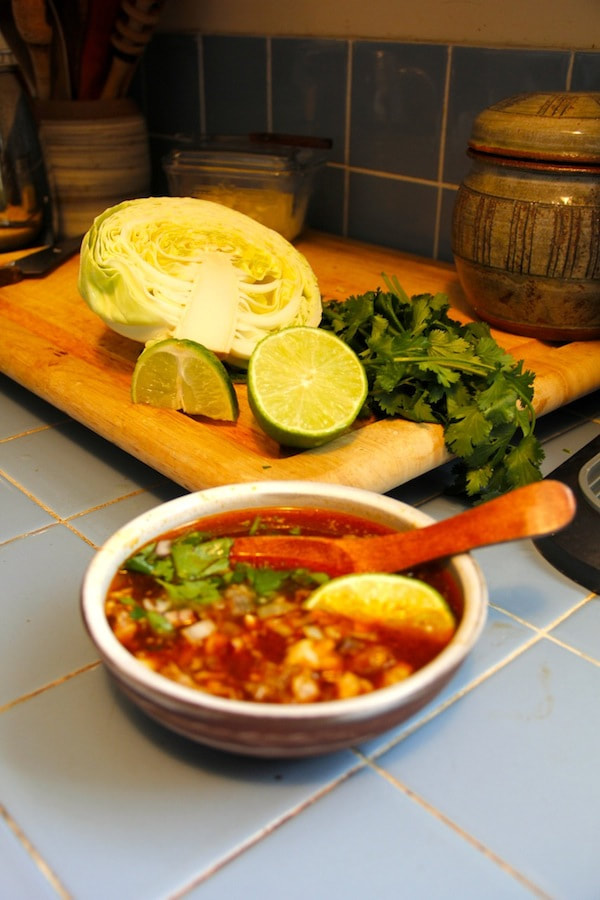
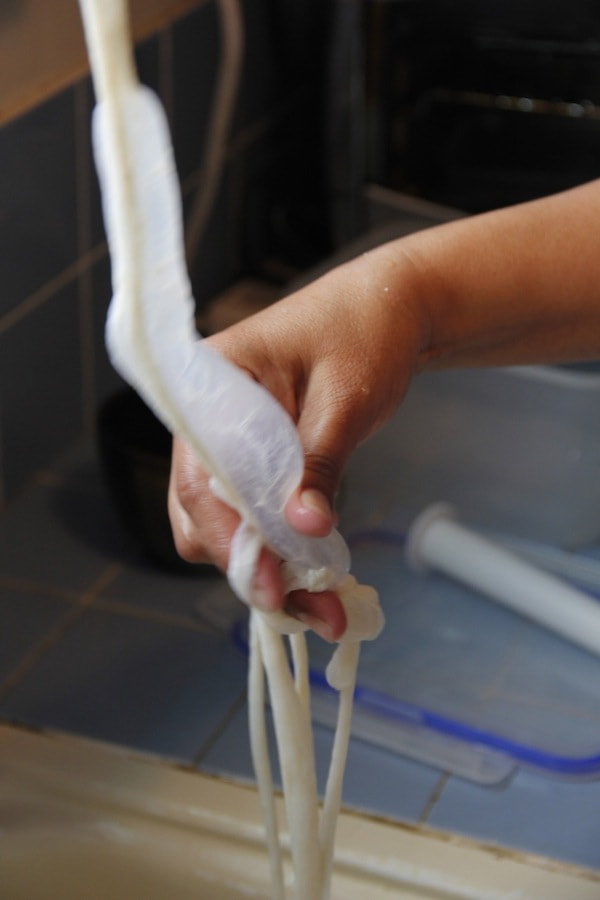
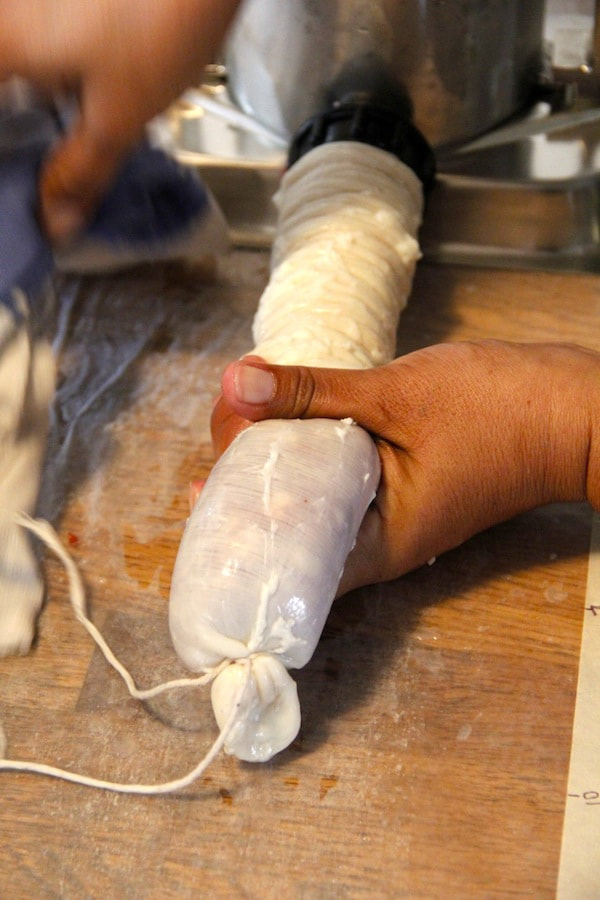
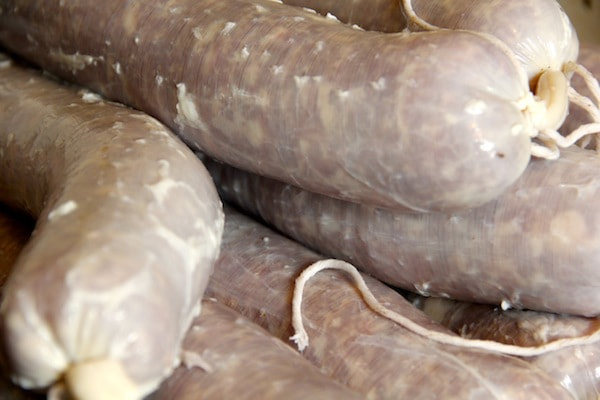
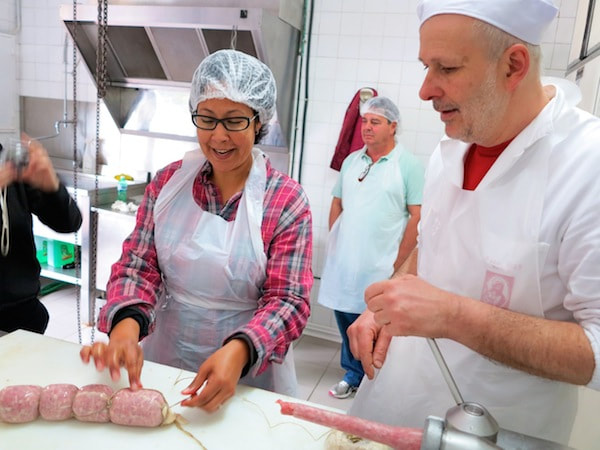
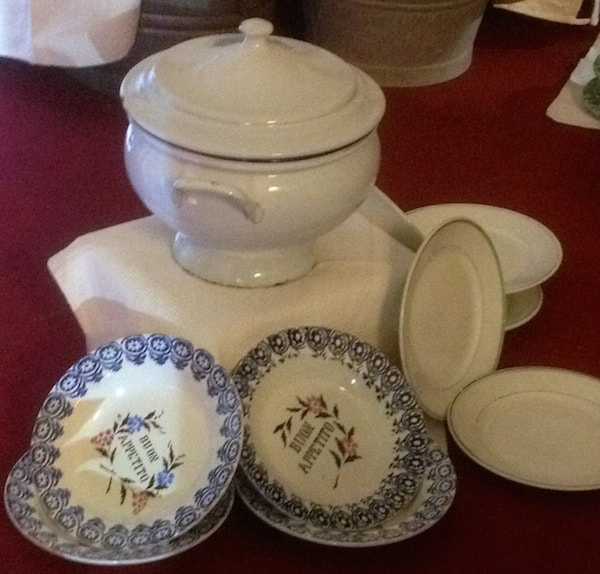
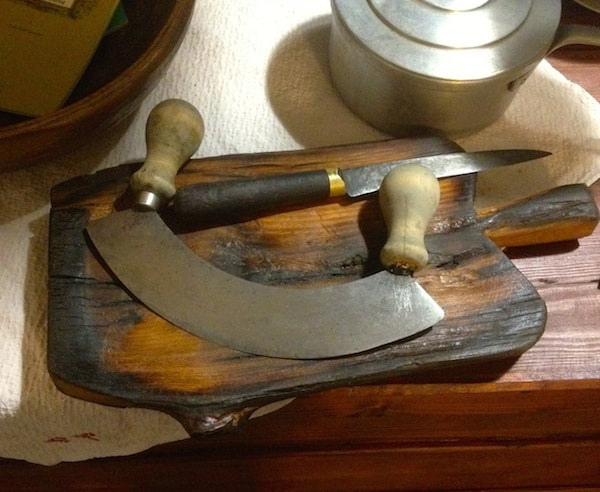
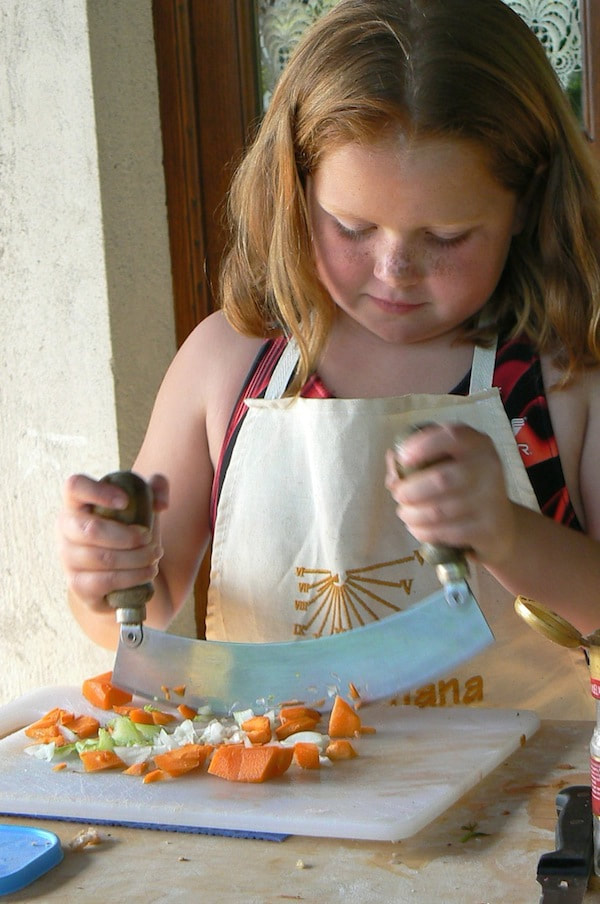
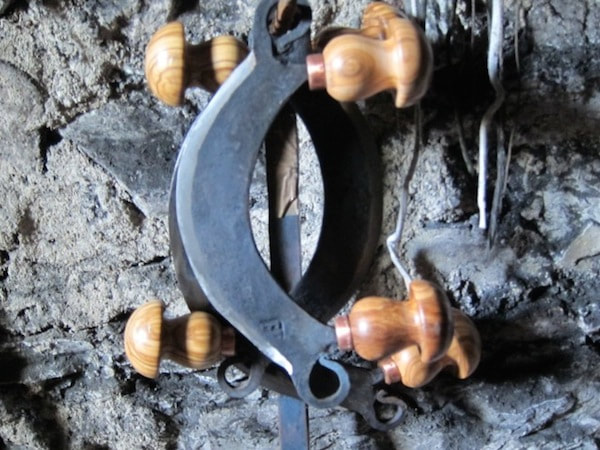
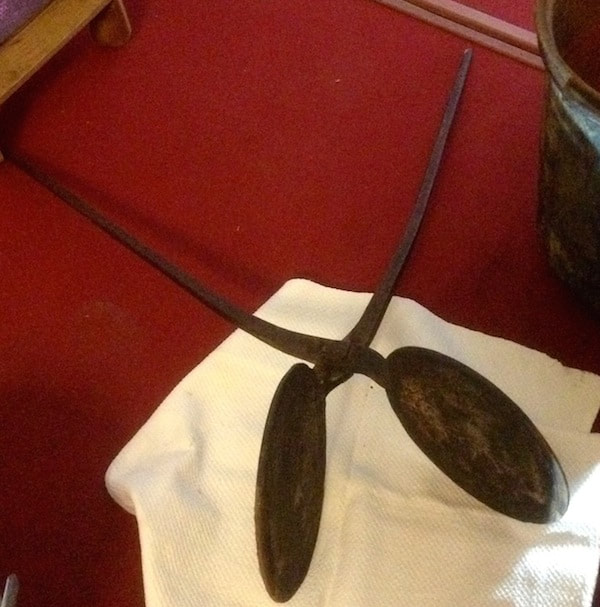
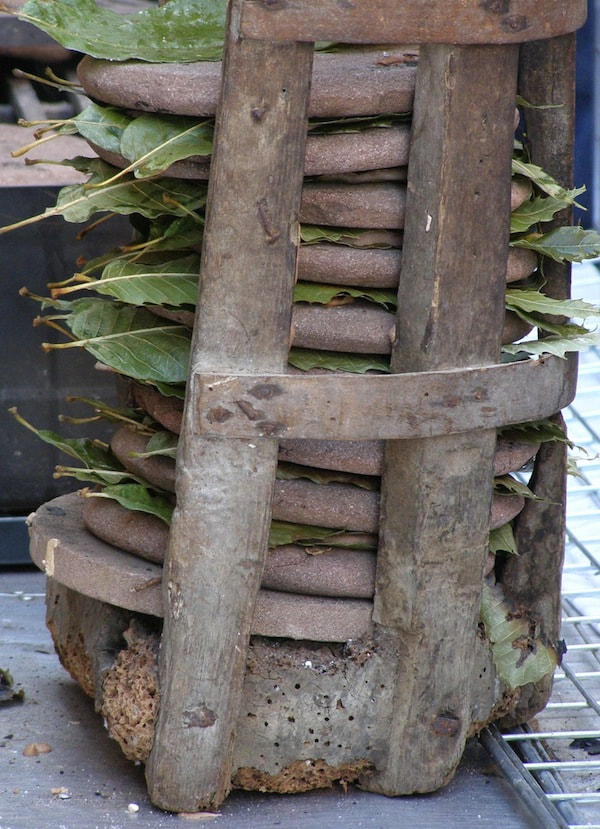
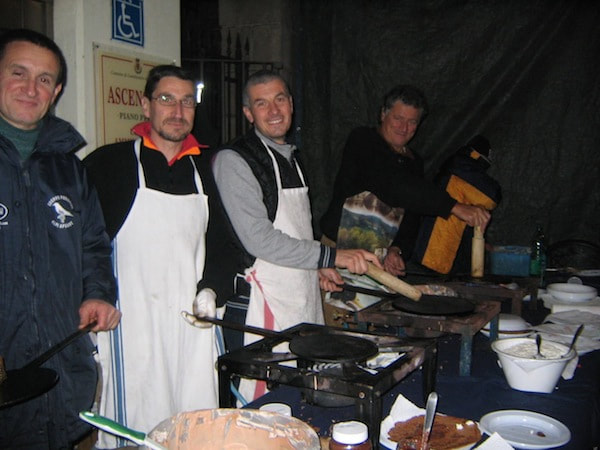
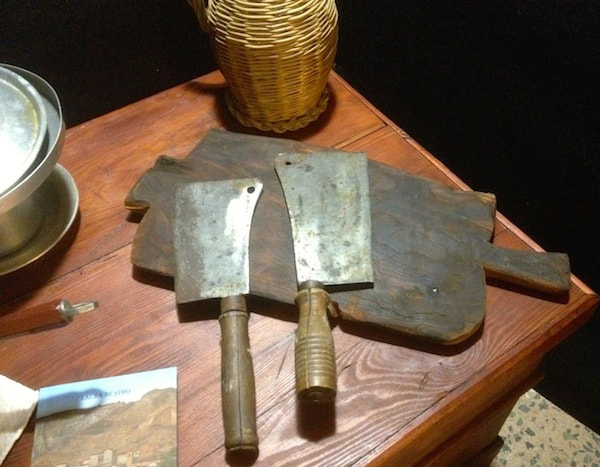
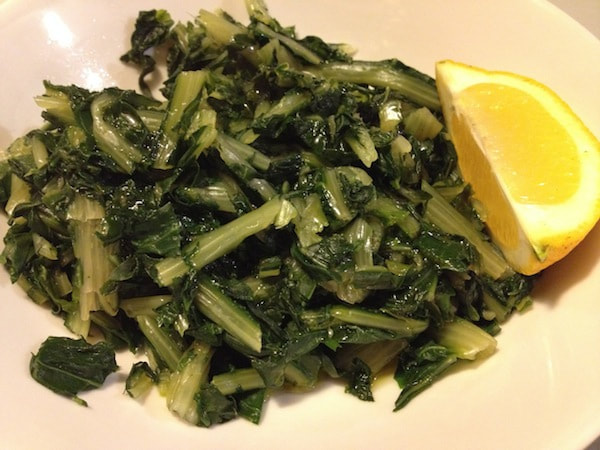
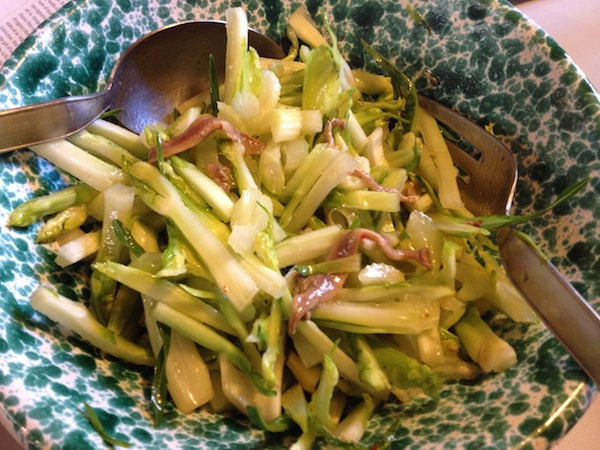
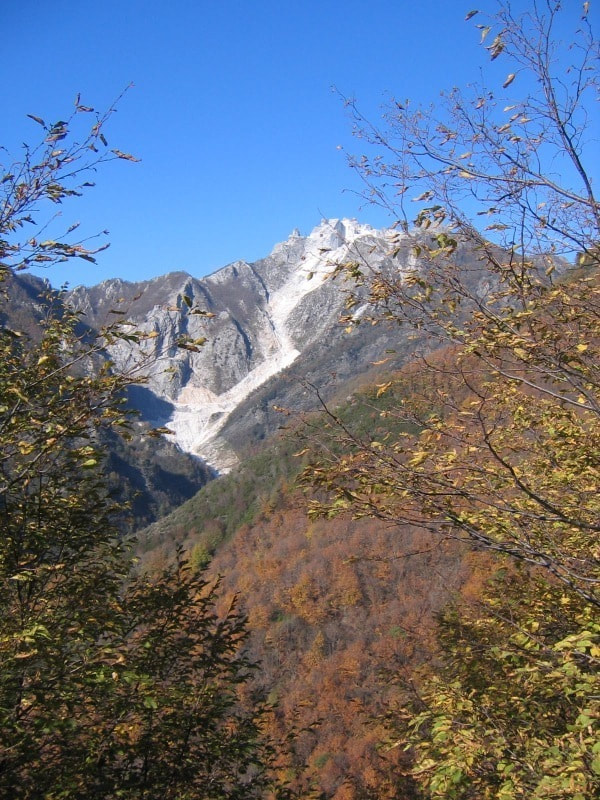
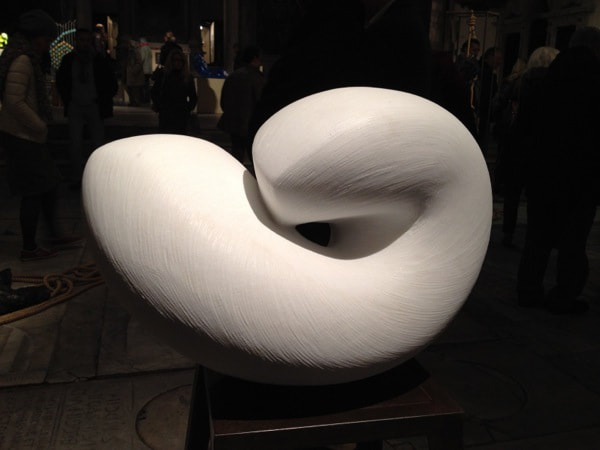
 RSS Feed
RSS Feed



